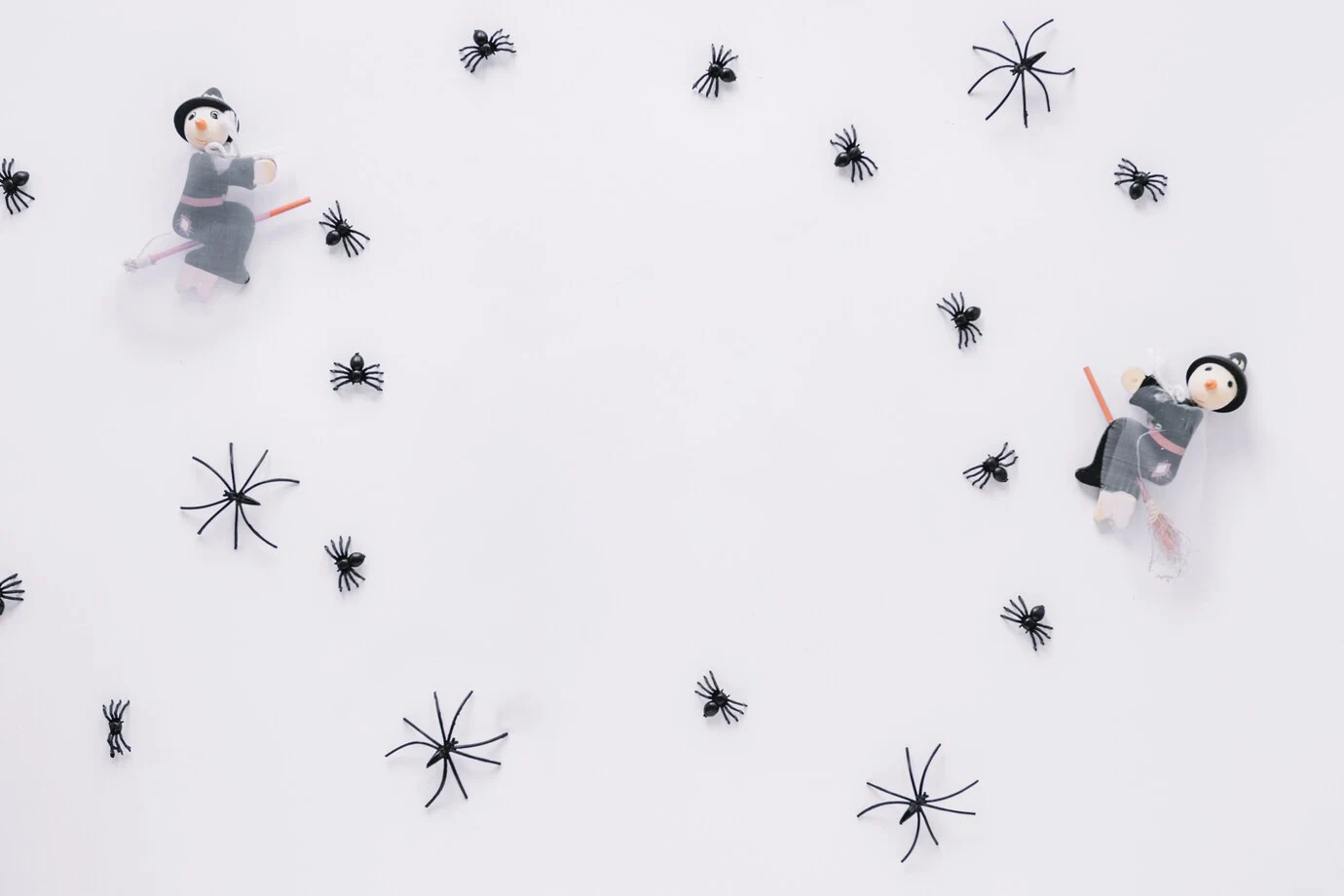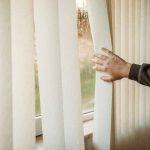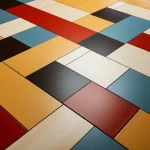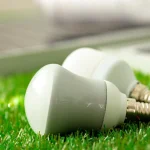When it comes to lighting, LED lights are often touted as energy-efficient, long-lasting, and environmentally friendly. However, a common question arises: do these lights attract spiders? It’s a concern that many people share, especially those who prefer a bug-free home. In this article, we’ll explore the relationship between LED lights and spiders, debunk myths, and provide practical tips to keep your home spider-free.
The Science Behind LED Lights and Insect Attraction
To understand whether LED lights attract spiders, it’s essential first to look at how lights in general affect insects, which are a primary food source for spiders. According to an entomologist, “While LED lights don’t directly attract spiders, they can indirectly attract insects, which are a primary food source for spiders.” Traditional incandescent and fluorescent bulbs emit a significant amount of ultraviolet (UV) light, which is highly attractive to insects. The buzzing, fluttering critters that congregate around lights at night are drawn in by UV light, leading spiders to set up camp nearby.
LED lights, on the other hand, emit very little UV light. This makes them less attractive to insects compared to other types of bulbs. A home pest control expert explains, “The type of light bulb, particularly those emitting UV light, can attract insects and subsequently spiders. LED lights generally emit less UV light, reducing this attraction.” So, while LED lights might still attract some insects, they are less likely to cause an insect swarm, and consequently, fewer spiders.
Myth vs. Reality: Do LED Lights Really Attract Spiders?
One of the biggest myths surrounding LED lights is that they are a magnet for spiders. However, the reality is more nuanced. Spiders are not inherently attracted to LED lights themselves. Instead, they are drawn to areas where their food sources, such as flies and moths, are abundant. Since LED lights attract fewer insects, they are less likely to attract spiders.
A lighting designer highlights, “The placement of LED lights is crucial. Avoid placing them near potential insect entry points to minimize the chances of attracting spiders.” For example, placing LED lights near windows or doors that are frequently opened can still attract insects, and where insects go, spiders often follow.
A Bug-Free LED Experience
I once had a similar concern when I switched the outdoor lighting of my porch to LED bulbs. Living in an area with a lot of trees, insects were a constant annoyance during summer nights. I had read somewhere that LED lights might reduce the number of bugs, so I decided to give them a try.
After switching to LED lights, I noticed a significant reduction in the number of insects buzzing around the porch. This, in turn, led to fewer spiders weaving webs in the corners of the doorway. While it’s impossible to eliminate insects and spiders completely, the change was noticeable. This personal experience aligns with what experts suggest: LED lights can indirectly reduce the spider population by attracting fewer insects.
How to Minimize Spider Presence in Your Home
If you’re still concerned about spiders, there are several steps you can take to minimize their presence, even with LED lights in use. Here are some practical tips:
- Regular Cleaning: Spiders thrive in dusty, cluttered environments. Regularly cleaning your home, especially corners and under furniture, can reduce the likelihood of spiders setting up residence.
- Seal Entry Points: As the home improvement expert mentioned, “Regular cleaning and sealing entry points can help prevent both insects and spiders from entering your home.” Check for gaps around windows, doors, and other potential entry points and seal them with caulk or weatherstripping.
- Use Yellow-Tinted LED Bulbs: Yellow or warm-colored LED lights are less attractive to insects than cool white or blue-tinted bulbs. Switching to these types of bulbs can further reduce insect attraction.
- Install Outdoor Lighting Away from Doors and Windows: Position outdoor lights away from entrances to your home. This reduces the chances of insects being drawn inside when doors are opened.
- Consider Motion-Activated Lights: Motion-activated lights only turn on when needed, minimizing the amount of time they are on and thereby reducing the attraction to insects.
- Use Essential Oils: Some essential oils, such as peppermint or citrus, are natural repellents for spiders. You can create a spray by diluting these oils in water and spraying it around your home, especially in areas where spiders are likely to appear.
The Ecological Role of Spiders
It’s also important to remember that spiders play a beneficial role in our ecosystem. An ecologist points out, “Spiders are a natural part of the ecosystem and play a beneficial role in controlling insect populations. However, excessive indoor populations might indicate other environmental factors.” While it’s understandable to want to keep spiders out of your home, it’s worth recognizing their contribution to controlling pests naturally.
In many ways, spiders are nature’s pest control. By feeding on insects, they help to keep the bug population in check. So, while it’s reasonable to take steps to reduce their presence indoors, it’s also beneficial to allow them to thrive in their natural habitats outside.
Debunking the Myth: What We’ve Learned
The idea that LED lights directly attract spiders is a misconception. As we’ve discussed, spiders are not drawn to LED lights themselves but may be found near them because of their food sources – insects. Since LED lights attract fewer insects due to their lower UV emissions, they are less likely to attract spiders.
The myth likely stems from a misunderstanding of how spiders find their food. LED lights, particularly those that are warm-colored, are among the best options for reducing insect attraction, thereby indirectly reducing the likelihood of attracting spiders.
Final Thoughts: Should You Be Concerned About LED Lights?
In conclusion, if you’re considering switching to LED lights but are worried about attracting spiders, rest assured that LED lights are one of the best options for minimizing insect and spider activity around your home. They are energy-efficient, environmentally friendly, and less likely to attract bugs compared to traditional lighting options.
As Jacques Pépin wisely advises, “Sustainability should be a priority in the kitchen. Investing in high-quality, eco-friendly knives is a step in the right direction.” The same can be said for your home lighting choices. By opting for LED lights, you’re making a smart, sustainable choice that benefits both your home and the environment.
So, go ahead and make the switch to LED lights with confidence, knowing that you’re doing your part to reduce energy consumption while also minimizing the presence of unwanted pests in your home. And remember, a few spiders here and there aren’t necessarily a bad thing – they’re just a sign that nature is doing its job!
Resources and Studies
While specific studies on LED lights and spider attraction might be limited, the following resources can provide valuable information:
- Entomology Departments at Universities: Research on insect behavior and attraction to light can provide insights into the relationship between LED lights and spiders.
- Pest Control Associations: These organizations offer information on pest control and prevention, including tips for reducing spider populations.
- Home Improvement and Gardening Magazines: Articles on pest control and outdoor lighting can provide practical advice on minimizing insect and spider problems.
- Online Forums and Communities: Online platforms dedicated to home improvement and gardening often discuss experiences with LED lights and insect/spider issues.
By using these resources and following the tips mentioned, you can enjoy the benefits of LED lighting without worrying about attracting spiders to your home.










